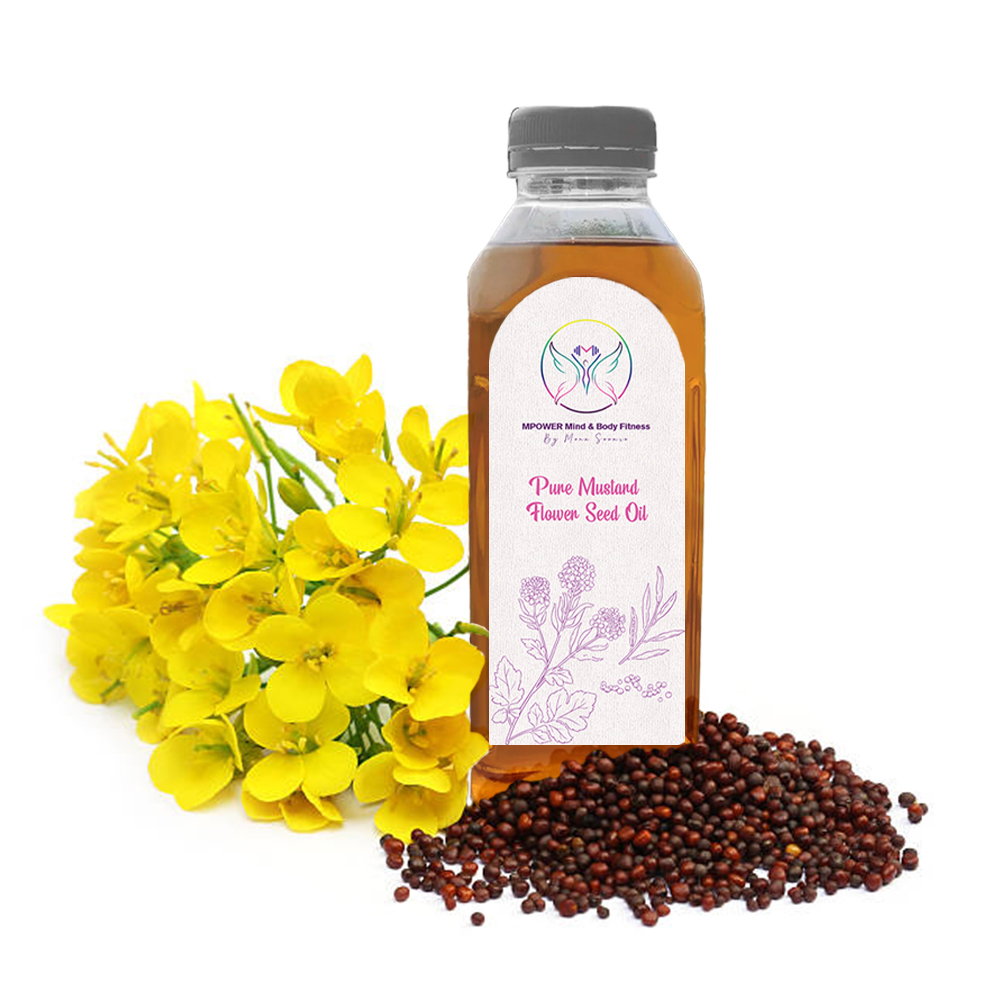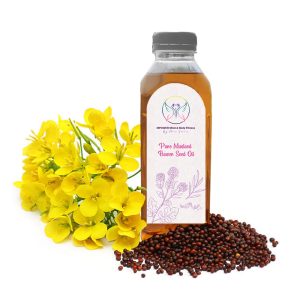Properties and Benefits:
Pure mustard flower seed oil possesses potent anti-inflammatory properties, making it effective for soothing muscle and joint pain. It is rich in essential fatty acids and antioxidants, promoting healthy skin and hair. Additionally, its distinct aroma and flavor add a delightful touch to culinary creations.
Oil Extraction Method:
A complete mustard oil extraction plant, also known as a mustard oil mill plant, is designed for the efficient extraction of mustard oil from mustard seeds. This involves a series of processes to clean, crush, cook, press, and refine the mustard seeds to obtain high-quality mustard oil. Here’s an outline of the process and components involved in a typical mustard oil mill plant:
- First step is “Seed Cleaning”, the raw mustard seeds are first cleaned to remove any impurities such as dust, dirt, stones, and other foreign particles.
- Second step is “Seed Crushing”, the cleaned mustard seeds are then crushed to break them into smaller pieces. This process helps in increasing the surface area, which aids in efficient oil extraction.
- Third step is “Seed cooking”, the crushed mustard seeds are cooked at a certain temperature to facilitate the oil extraction process. Cooking softens the seeds and ruptures the oil-containing cells, making it easier to extract oil.
- Then further “Oil Pressing” is done, the cooked mustard seeds are fed into an oil press machine, which applies mechanical pressure to extract oil from the seeds. There are different types of oil press machines, including screw presses and hydraulic presses, used for this purpose.
- Then, “Oil Filtration”, the crude mustard oil obtained from the pressing process contains some impurities and solids. It’s important to filter the oil to remove these impurities and obtain a clear and clean oil.
- Followed by “oil Refining” Depending on the desired quality of the mustard oil, further refining processes can be employed. This may include processes like degumming, neutralization, bleaching, and deodorization. These processes remove undesirable compounds and improve the color, taste, and shelf life of the oil.
- Last step is, “Packaging and Storage”, the refined mustard oil is then packaged into suitable containers for distribution and storage. Proper packaging helps maintain the quality of the oil and prevents contamination.


